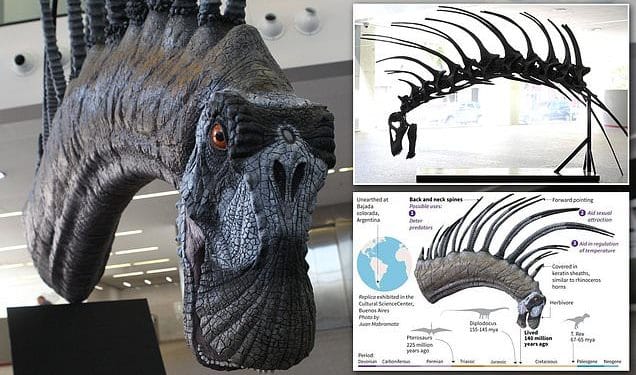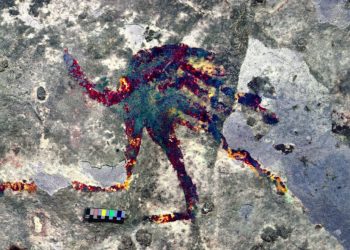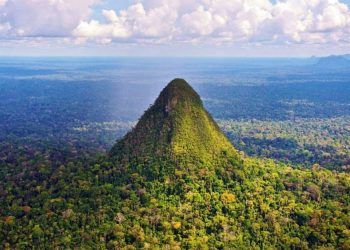Among the strangest creatures to ever roam prehistoric Earth was a dinosaur with neck spines so exaggerated, they looked like weapons forged from bone. Its fossilized remains—buried for over 140 million years in what is now Patagonia—are helping paleontologists rethink how herbivores survived in a world ruled by predators.
This bizarre creature defied expectations: a peaceful plant-eater wrapped in natural armor.
The dinosaur, later named Bajadasaurus pronuspinax, belonged to a group known as dicraeosaurids, small sauropods with short necks, long tails, and an array of skeletal innovations. What set it apart were its extreme neural spines—long, backward-curving structures that rose dramatically from its neck vertebrae.
For any creature facing predators, looking dangerous can be a matter of survival. And this dinosaur with neck spines wore its defenses where they were hard to miss.
Nature’s Swiss Army neck
Researchers believe the spines were more than just decoration. They were likely covered in keratin sheaths, similar to the structure of horns in modern animals — making them stronger, tougher, and less prone to breaking during attacks.
So why grow these dramatic spikes in the first place? Paleontologists have a few ideas:
-
Defense: The towering spines may have kept predators at bay, acting as a visual and physical deterrent.
-
Display: The spines might have been used for mating rituals or to assert dominance.
-
Thermoregulation: Like the sails of other dinosaurs, the spines may have helped release body heat.
-
Energy storage: Some experts propose that the spines supported a fatty hump, camel-style.
Whatever the reason, this dinosaur with neck spines evolved one of the most dramatic silhouettes in the ancient world.

Rare remains, big insights
The only known fossil of Bajadasaurus pronuspinax was found near the Limay River in Patagonia at a site called Bajada Colorada. Though the skeleton is incomplete, it preserved key features of the skull and spine — enough for researchers to build a detailed reconstruction of its anatomy and possible lifestyle.
It shares similarities with Amargasaurus, another spiny-necked sauropod from South America, but Bajadasaurus had even longer, more exaggerated vertebrae. Its appearance suggests a lineage of dinosaurs experimenting with elaborate body structures over time.
A life-sized replica is now on display at the Cultural Science Centre in Buenos Aires, where visitors can see the imposing neck spines up close.
As scientists continue to study this dinosaur with neck spines, they uncover more evidence of how prehistoric life used physical traits in creative ways to survive. Bajadasaurus pronuspinax may not have been a predator, but its bold defenses made it anything but defenseless.
Its skeleton tells a story of a creature that thrived not through aggression, but through innovation — using its body as a shield, a signal, and a system for surviving in a world where being strange was sometimes the best strategy of all.











